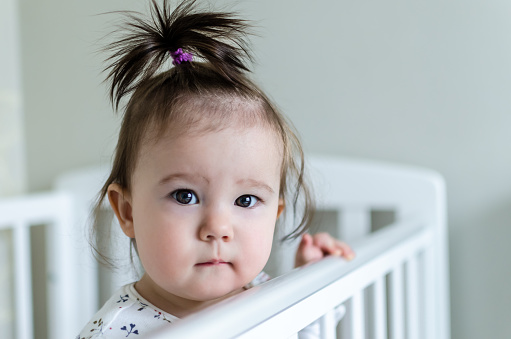Used baby products are a hot commodity among parents of all income levels.
By Rieva Lesonsky
Given the improving economy and the shifting demographics of the United States, most experts expect the birth rate to rise. However, according to new research from Mintel, parents are still watching their pennies when it comes to buying child-related durable goods, which are defined as cribs, other baby furniture (such as changing tables and high chairs), car seats, etc. The research shows 48 percent of parents buy mostly new durable goods, while 24 percent of parents with kids age 4 or younger shop at secondhand stores.
These sales include mom-to-mom sales and consignment stores, where 81 percent of parents have bought durable goods for their kids. Income, reports Mintel, is not a factor in who’s shopping secondhand; in fact, 51 percent of consumers with a minimum income of $150,000 buy their baby durables from consignment stores.
Not surprisingly, Mintel says price is the “driving factor” in baby durables purchases, driving industry sales higher. Mintel reports an increase of 10 percent at consignment stores and 21 percent in mom-to-mom sales from 2013 to this year.
Of course, if you get into this business, your competition is going to include mass merchandisers, superstores and online retailers. Shopping online is a growing factor—Mintel says overall 71 percent of parents shop for baby durables online. But shopping is not necessarily buying: 77 percent research products online and then buy in-store, while 82 percent “are interesting in ordering online but picking up in-store.”
Before you jump into this market, Mintel warns 76 percent of baby durables are still bought new. The baby durables market hit $9.3 billion in 2015 (with annual sales increases every year since 2011) and is expected to reach $9.8 billion by 2020.







